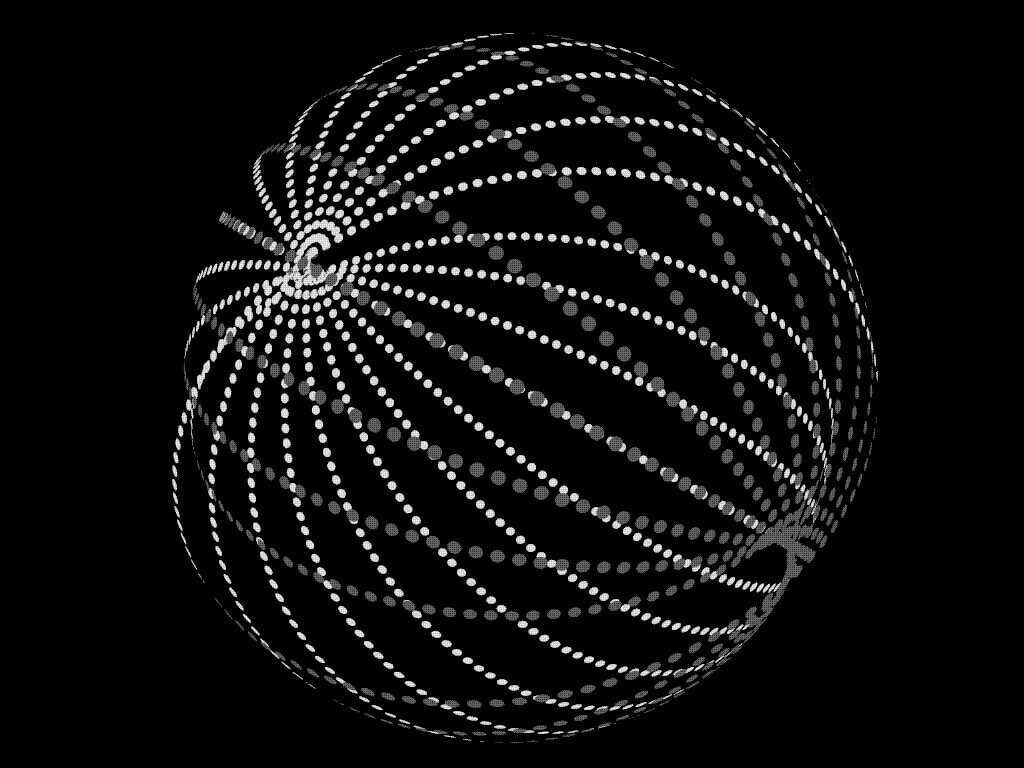- Get link
- X
- Other Apps

For any person who is interested in science fiction, the Dyson sphere can act almost as the Holy Grail. More than half a century ago, the famous physicist Freeman Dyson first proposed and then popularized the idea that a highly developed super-technological civilization will be able to extract as much useful energy as a whole star can produce - just build a special structure around the star.
Dyson proposed the original concept of this design in the context of the desire to find extraterrestrial life. He suggested that humanity should look for new star systems and try to discern in them signs of the presence of such cosmic megastructures.
“Such an initially dark object will emit as much energy as the star itself, hiding behind it. But this radiation will be in the far infrared spectrum with a wavelength of about 10 microns. I propose to conduct a targeted search for sources of such infrared radiation, either separately or together with the search for artificial sources of radio signals. It would have been preferable to search and research objects of the 5th or 6th magnitude ..., ”Dyson once wrote.
The physicist also inspired his readers with the remark that the inhabitants of the Earth once, having reached outstanding technological heights, will also be able to build their own Dyson mega-structure.
“It is possible. For several thousand years since the beginning of the industrial era, any intelligent civilization can reach the level of development and life within the artificial biosphere located around the native star of a particular system. ”
Of course, such super-scale construction is not yet feasible, but it is never too early to start planning! And Dr. Stuart Armstrong, a researcher at the Institute for the Future of Humanity at Oxford University, decided to do this by presenting how mankind could once build the so-called Dyson swarm (not to be confused with the “sphere”) around the Sun.
Unlike the Dyson Sphere, the design, although hollow, but with integral elements, Dyson's swarm can be a modular design consisting of a plurality of residential modules, satellites and solar collectors combined into a common network in the form of a sphere around a star. The generated energy will be wirelessly transmitted between the modules of this swarm and the Earth itself. Alternatively, you can use millions of mirrors that will focus the energy of the Sun on a smaller number of collection stations.
So how can you realize this great idea? Speaking at a lecture in 2012, Armstrong offered an extremely abstract version. First, the entire construction process will be carried out offline, i.e., robots that have the function of self-replacement. One robot broke down, several others took and produced a new one from old parts. An army of such mechanical workers will also need to be sent to Mercury, where they will extract minerals, on the basis of which materials necessary for construction will be created. According to the calculations of the scientist, only half of this planet will be useful in terms of mining. Over the next 50 years, robots will multiply and build various modules and satellites, after which the resources of Mercury are likely to be depleted.
Of course, one planet in the Solar System is likely to be lost in this case, but will we miss this burnt hell so much? Without a gram of regret, Armstrong even titled one of the slides presented at the lecture as “Forgive me, Mercury, nothing personal ...”.
If you are very skeptical of the above-mentioned plan - good. So it should be, because we have not even come close to this level of technological capabilities. However, no one forbade dreaming.
Yet, Armstrong presented the argument that building a Dyson swarm is a completely achievable task. He points out that if even in nature there are many things that should not exist in principle, then there is no reason to believe that humanity can ever reach such a technological level either. He cited artificial intelligence and cell replication technology as the two main necessary technologies that would bring closer the possibility of creating a Dyson swarm. With these two fundamental tools in place, the only thing we need is a suitable automation technology and advanced 3D printing technology - two areas in which humanity already shows some success.
“The scale of construction in itself is not a factor acting as an insurmountable barrier. To disassemble the planet by pebble is the same as disassembling an asteroid. It will just take longer, much longer, ”commented Armstrong.
The article is based on materials .
- Get link
- X
- Other Apps
Comments
Post a Comment